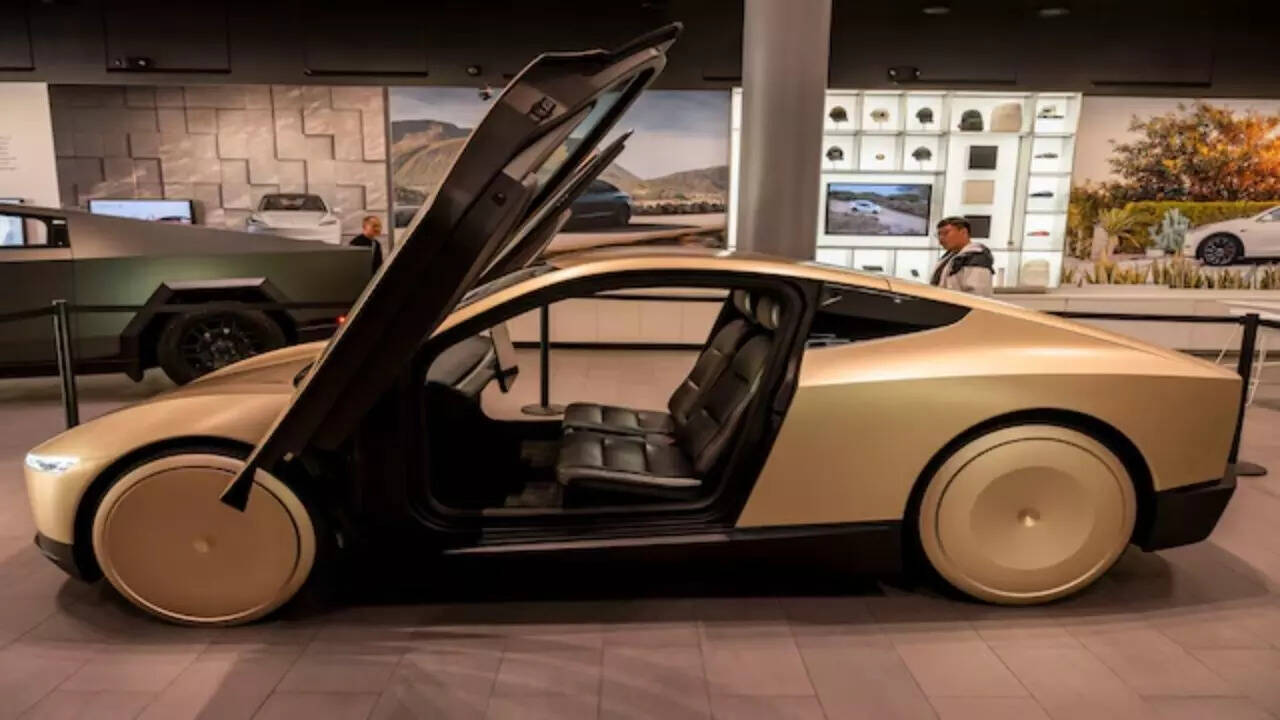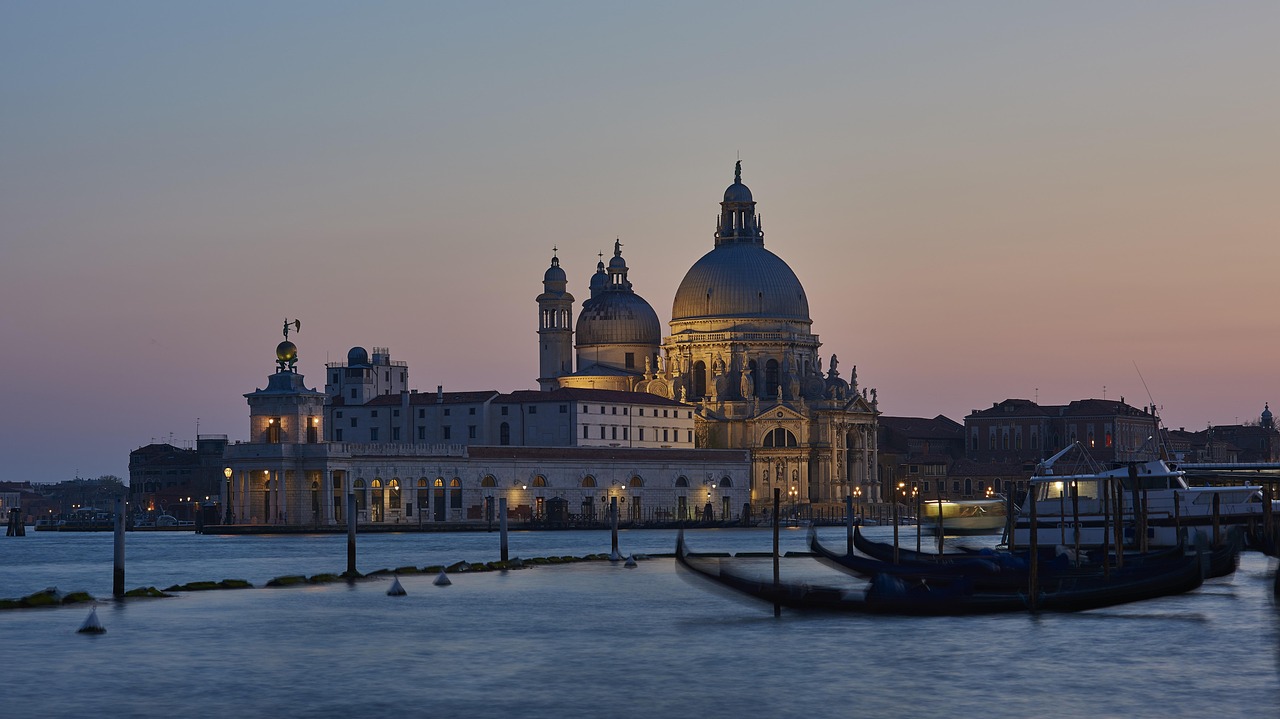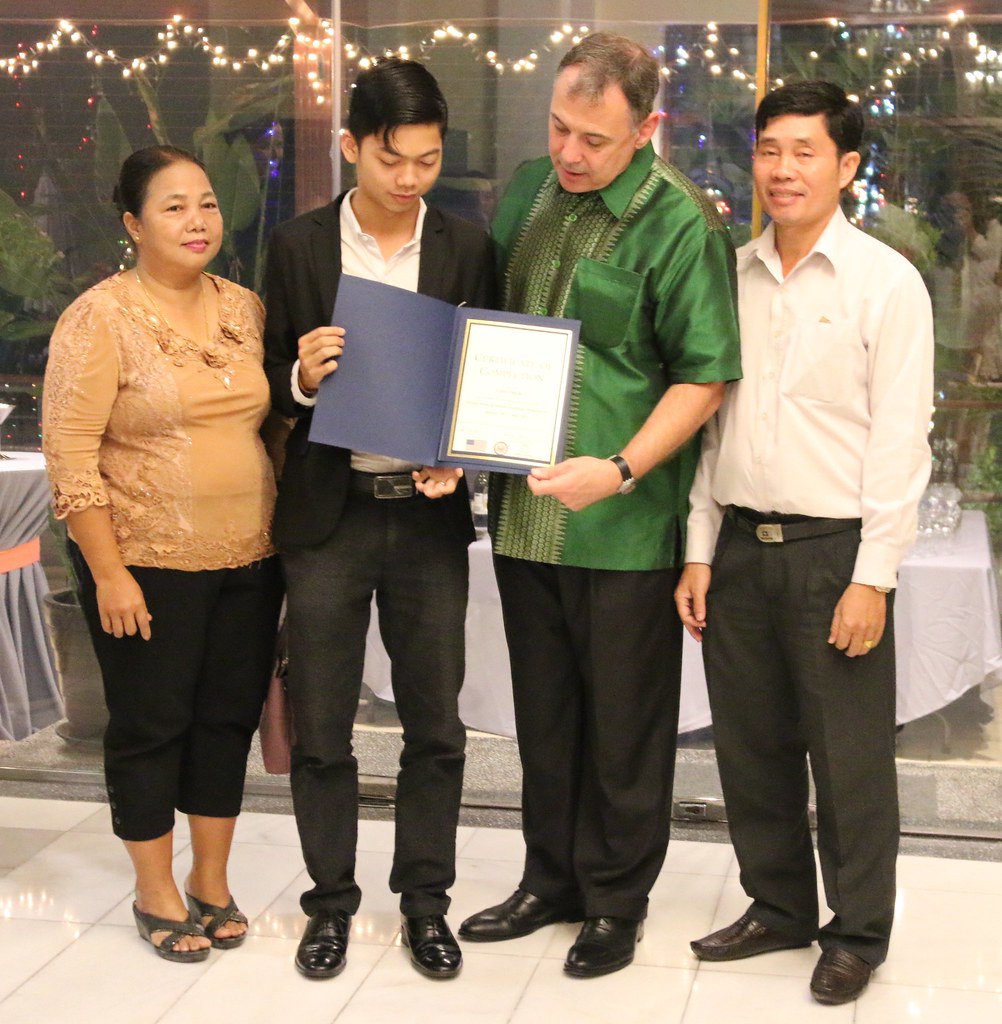Austin, Texas / San Francisco, June 11, 2025 — Tesla CEO Elon Musk has announced that the company’s first fully driverless robotaxi service will “tentatively” start on June 22 in Austin, Texas—though the date may shift as Tesla continues rigorous safety testing
This launch marks a major milestone in Tesla’s decade‑long quest to deploy fully autonomous ride-hailing services, pivoting the company from an EV maker to a leading player in robo-mobility.
🗓 What Musk Revealed
On June 10, Musk posted on X (“tentatively, June 22. We are being super paranoid about safety, so the date could shift”)—underlining Tesla’s cautious approach
He also hinted at another milestone: a factory-to-door Tesla driving fully autonomously on June 28, though he didn’t name a customer beyond a region—likely near the Gigafactory Texas in Austin-area .
🚗 Vehicle Fleet and Technology
The initial fleet will consist of 10–20 unmodified Model Y SUVs, straight from factory production and equipped with the latest Full Self‑Driving (FSD) software, camera-based AI, and geofencing constraints for operational safety
Later expansions aim to include Tesla owners who opt in—earning revenue by adding their vehicles to the Tesla Network, like a cross between Airbnb and Uber
🧭 Rollout Strategy: Safety First, Scale Later
Tesla plans a slow, staged rollout:
- “Super paranoid about safety” approach ensures minimal risk
- Use of tele-operators to intervene remotely in edge-case scenarios—similar to Airbnb-style back‑end support
- Strict geofenced zones covering thoroughly mapped, low-complexity routes in Austin
- A “small-to-bigger” scaling approval path, from 10 vehicles to hundreds, then thousands by 2026 .
🔍 The Stakes: Why This Matters
- Autonomy vs. EV focus
With slowing Model Y sales and slumping EV demand, Tesla hopes robotaxis will revive growth—offering scalable revenue from a fleet it already manufactures - Robotaxi race intensifies
Waymo (250,000 weekly rides), Zoox, and Cruise are already active players. Tesla’s entry heightens competition in autonomous fleets - Retail investor expectations
Wall Street is sensitive: Baird and Argus recently downgraded Tesla shares, warning prices already assume robotaxi success - Regulatory crosshairs
With the June 22 date looming, federal regulators (NHTSA, TSLA hearings) are starting to describe oversight for safety standards. A single crash could trigger intense scrutiny - Policy friction
Musk’s recent feud with former President Trump and Trump’s calls for federal investigations signal potential political headwinds if incidents occur
🎯 What’s Expected at Launch
- Invite-only service in gated Austin zones
- Vehicles to utilize FSD in geofenced public roads under human oversight.
- Launch app enabling users to request rides, check estimated arrival, and control climate via smartphone
- Early service reduced to the Gigafactory Texas zone for rebalancing convenience.
🤔 Industry Response & Expert Views
- Analysts skeptical: Some see aggressive timelines as Musk overpromising again—Uber-like robotaxi scale could take years to realize
- Competition running strong: Waymo’s well-established, safety-validated service raises the bar
- Tesla’s edge: Fully factory-installed autonomy and camera‑only AI provide cost advantage—but may lag behind LiDAR-based fleets in safety under complex scenarios .
Reddit discussion shows a mix of optimism and skepticism:
“Invite only to carefully selected few”
“They have weather forecast of rain so it definitely won’t work.”
🗺️ Looking Ahead: Beyond Austin
- California Push: Musk is eyeing San Francisco following Austin’s pilot—despite stricter regulations .
- Nationwide scale: Musk targets 1,000 vehicles in a few months, growing to over 1 million self-driving Teslas in U.S. by end of 2026
- Cybercab Era: Full-scale rollout in 2026 with custom-built vehicles lacking steering wheels—though that’s still down the road
🔧 Key Challenges & Risks
| Issue | Risk & Implication |
|---|---|
| Safety validation | A crash could delay expansion and spark heavy regulation. Tesla’s bold AI bet will be tested. |
| Regulator scrutiny | NHTSA may demand data transparency; Congress may examine political angles. |
| Public perception | Media hype + ride problems = liability risk; trust may erode. |
| Geography limitations | FSD may fail in heavy rain, complex intersections, or hand-signaled traffic—not ideal yet. |
| Business model missing details | Pricing, insurance, remote ops and owner earnings models are still unshared publicly. |
✅ What to Watch
- June 22: Did the launch happen? Were you invited?
- Launch-day integrity: Any public mishaps?
- June 28 factory-to-door demo: A symbolic automation milestone.
- Month One: How quickly did the fleet grow? Were rides reliable?
- Regulatory follow-up: Any probe or public release of crash data?
- Expansion moves: Did Tesla launch LA or SF next?
🧭 Bottom Line
June 22 may mark a turning point in Tesla’s futuristic vision—transforming Teslas from privately driven EVs into fleet assets generating autonomous ride revenue. The rollout may define whether Tesla can balance ambition with safety credibility, and outperform or lag behind Waymo and others.
Investor sentiment hinges on execution: Tesla’s valuation partly rests on its success in robotaxis. If Austin demonstrates scalable, safe autonomy, Tesla could reshape urban mobility—assuming regulators, competitors, and public reception align.
But if the pilot falters, the “super paranoid” gamble could unravel quickly. The road ahead is as complex and unpredictable as autonomous driving itself.




